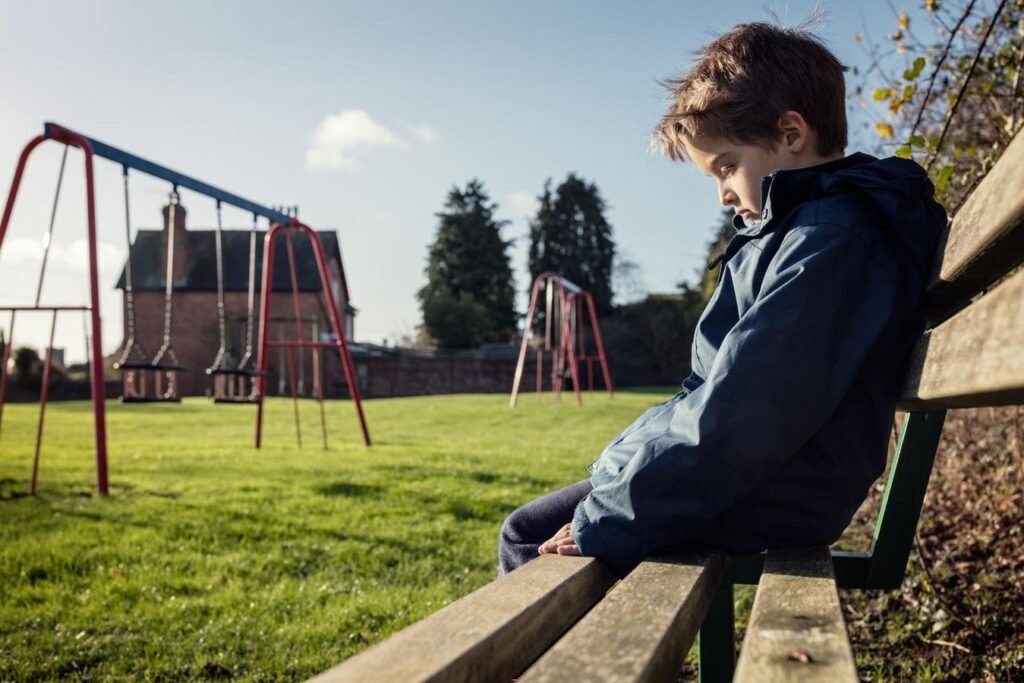In a society that often pushes children to grow up too quickly, the effects of this rush can be long-lasting and significant. Known as “hurried child syndrome,” this phenomenon occurs when children are pressured to take on responsibilities and meet high expectations at an early age, often to the detriment of their natural development. While this can lead to short-term achievements, the long-term impacts can be detrimental as these children transition into adulthood.
One major sign that someone may have been a “hurried child” is a debilitating fear of failure. These individuals often become perfectionistic adults, setting high standards for themselves influenced by external pressure and criticism. This fear of failure can lead to a paralyzing fear of making mistakes, an avoidance of new challenges, and burnout from overworking to meet unrealistic expectations. This constant pressure to perform can create a cycle of indecisiveness, missed opportunities, and heightened stress in adulthood.
Another sign of being a hurried child is struggling to enjoy downtime. Children who miss out on unstructured play may find it difficult to relax and unwind as adults. Feeling guilty when resting, struggling to enjoy hobbies without pressure, and having trouble staying present in the moment are common manifestations of this struggle. The inability to benefit from downtime can lead to burnout and prevent the enjoyment of quiet, restorative moments in adulthood.
Additionally, being disconnected from one’s “inner child” can be a consequence of being hurried as a child. Unstructured play is essential for nurturing creativity and playfulness, yet many hurried children miss out on these formative experiences. This can result in a lack of creativity, difficulty thinking outside the box, dismissing playful activities as frivolous, and challenges with embracing spontaneity and adaptability. These limitations can hinder personal growth and professional success, as creativity is crucial for innovation and adaptability in many fields.
It is important to recognize the signs of being a hurried child and to take steps to slow down and reconnect with the part of oneself that deserved a childhood filled with playfulness, creativity, and rest. By embracing moments of playfulness, nurturing creativity, and honoring the inner child within, it is never too late to give oneself the space to grow and thrive at one’s own pace. It is never too late to prioritize self-care and well-being, even after experiencing the pressures and expectations of being a hurried child.

